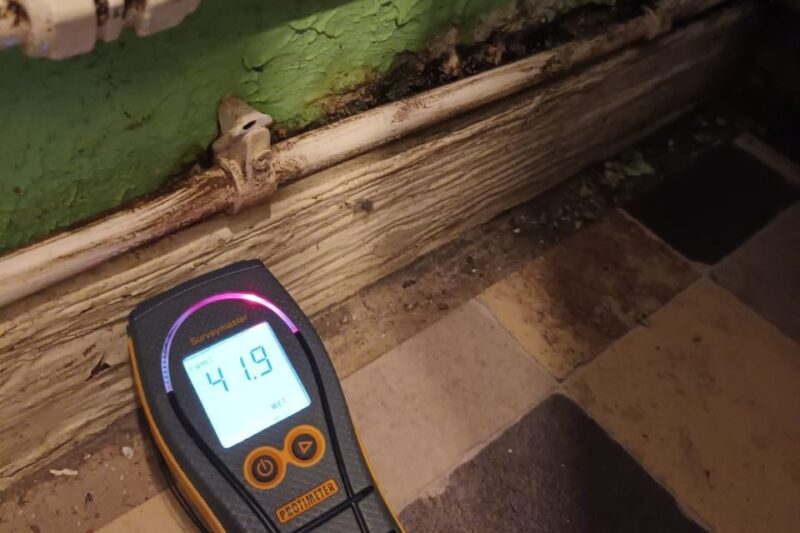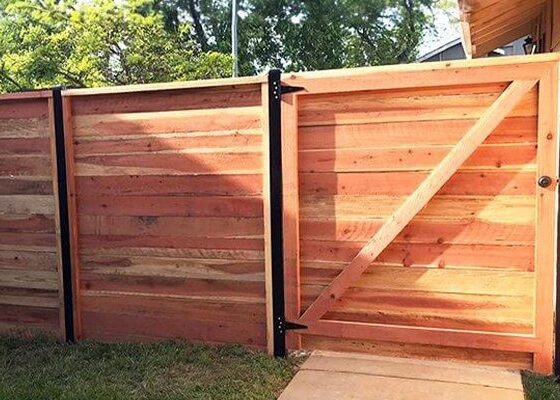Damp problems don’t knock on your door politely—they creep in, settle down, and start eating away at your property value and your health.
For homeowners in 2025, the risks have only increased.
With more erratic weather patterns, aging housing stock, and hidden construction flaws becoming visible, damp is no longer something you can afford to ignore.
Scheduling a professional damp assessment might not be at the top of your weekend plans—but it should be.
Whether you’re living in a Victorian terrace or a modern family build, undiagnosed damp can lead to costly repairs and severe health implications.
Here’s why a thorough, expert evaluation is one of the smartest investments you can make this year.
Key Highlights:
- Damp is more than cosmetic—it can rot structural timber and damage wiring.
- Rising energy bills may point to hidden damp insulation issues.
- Professional assessments catch early signs before costly damage sets in.
- New regulations and building standards in 2025 require higher property resilience.
- Trusted damp proofing specialists help ensure compliance and peace of mind.
- Mold growth due to damp poses a growing health concern for UK households.
Damp Is No Longer Just an Aesthetic Problem
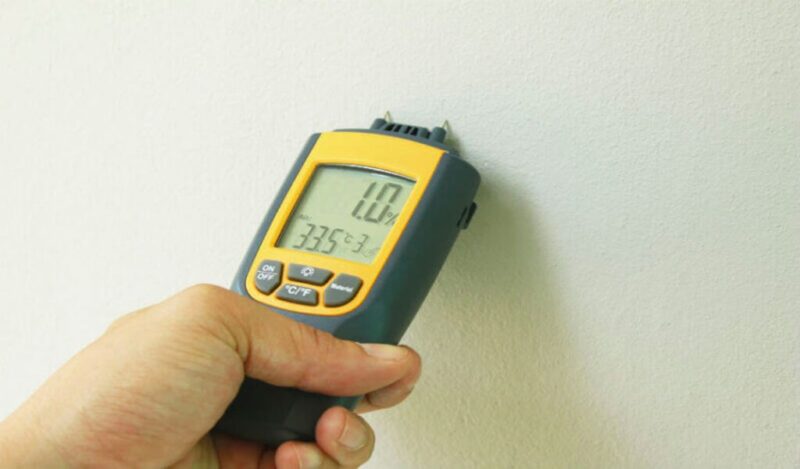
In the past, many homeowners dismissed a bit of mold around the windows or a musty smell in the basement as trivial. In 2025, this attitude could cost you. Damp is not just a stain on your wall—it’s often the warning sign of deeper issues lurking behind plaster, insulation, or even under floorboards.
Unchecked moisture weakens plaster, corrodes metal, and rots timber. In some properties, it can compromise the entire structural integrity. And the longer you leave it, the more invasive the fix becomes.
The Real Cost of Ignoring It
Too often, people only call for help after discovering black mold behind a wardrobe or blistering paint near the ceiling. But by then, it’s rarely a cheap or easy fix. Damp causes unseen damage for months—sometimes years—before making itself visible.
Here’s where damp proofing specialists come in. These professionals use thermal imaging, moisture meters, and sometimes even air quality testing to detect and diagnose problems at their source—not just at the surface.
Unlike a general contractor or DIY enthusiast, a qualified specialist knows how to interpret what’s going on beneath the finish layer and suggest sustainable, long-term solutions that prevent recurrence.
And when it comes to damp, prevention is always cheaper than repair.
Rising Damp, Penetrating Damp, and Condensation: Know the Enemy
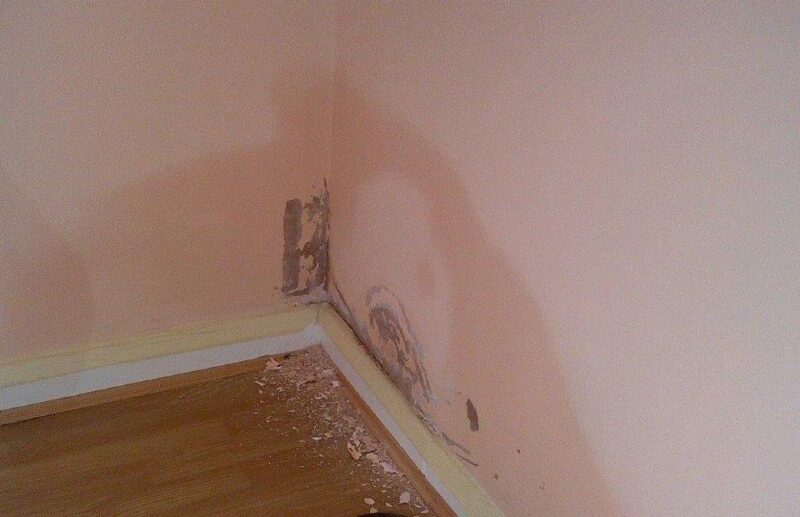
There are several types of damp, and each requires a different fix. That’s why a professional assessment is crucial—you can’t treat what you don’t accurately diagnose.
- Rising Damp – Ground moisture that travels up walls through capillary action. Most common in older homes lacking a proper damp-proof course.
- Penetrating Damp – Usually the result of faulty roofing, broken and clogged gutters, or cracked brickwork allowing rainwater to seep in.
- Condensation – The most common indoor culprit, caused by poor ventilation or excessive indoor humidity.
A professional surveyor will know how to identify which type of damp is affecting your home and what the appropriate action plan looks like. That matters—because using the wrong method can not only fail to fix the problem but make it worse.
2025 Brings New Building Standards
UK homeowners have seen shifts in building regulations recently, especially regarding energy efficiency and environmental resilience. The Future Homes Standard, for example, pushes new homes to meet higher efficiency goals, but existing homes aren’t exempt from scrutiny.
If you’re planning renovations, installing insulation, or applying for planning permission, a damp survey may be required to certify your building’s integrity. Moisture behind insulation or under new rendering can lead to insulation failure—wasting your investment and worsening indoor air quality.
Getting ahead with a professional assessment positions you to meet 2025’s regulations while protecting your property from long-term deterioration.
Mold and Health: A Growing Concern
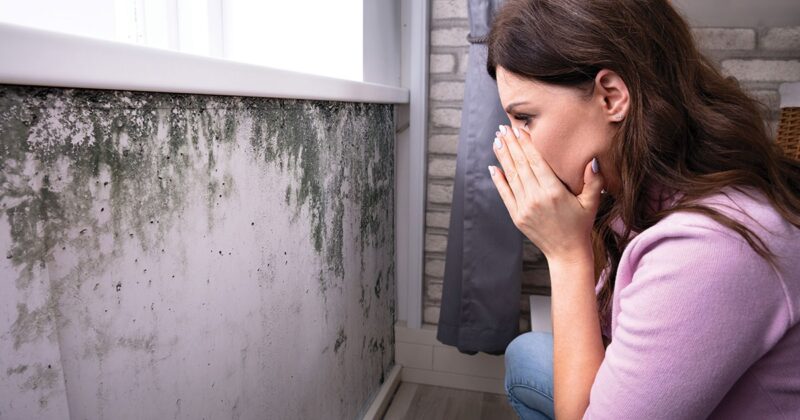
The link between damp and poor indoor air quality is no longer debated—it’s proven. Damp homes are breeding grounds for mold spores and dust mites. These not only damage your belongings but also contribute to respiratory issues, particularly in children and the elderly.
According to the NHS and numerous environmental health reports, damp living conditions increase the risk of asthma, allergies, and chronic sinus infections. For homeowners with tenants, ignoring damp risks legal penalties due to housing health standards.
An assessment in 2025 isn’t just for your home—it’s for your health. If you’re noticing unexplained respiratory issues, fatigue, or skin irritations, it might be time to call in the experts.
What a Professional Damp Assessment Actually Includes
A thorough assessment will often involve:
- Moisture Mapping – Identifying moisture hotspots throughout the home.
- Thermal Imaging – Detecting hidden leaks or cold spots where condensation may form.
- Material Sampling – Testing walls or floor materials to determine the extent of penetration.
- Ventilation Audit – Examining airflow and humidity management, especially in kitchens and bathrooms.
- Structural Review – Assessing if any timber, brickwork, or supports are affected.
Most services will also include a detailed report, recommendations, and in some cases, a remediation quote. For landlords or those selling their homes, this documentation can prove invaluable in negotiations or to demonstrate compliance.
Who Should Get a Damp Assessment in 2025?
You don’t need to wait until water stains appear. In fact, you shouldn’t.
Here are key scenarios where an assessment is highly recommended:
- Before Buying or Selling Property – A damp report can increase buyer confidence or protect you from legal surprises later.
- After a Major Leak or Flood – Water damage lingers and spreads over time. Don’t assume the worst is over once the carpets dry.
- During Renovation Projects – Especially if you’re adding insulation or changing internal layouts.
- Living in a Period Property – Older buildings are more susceptible to rising damp and lack modern ventilation systems.
- If You Notice Musty Odors or Visible Mold – Even a small patch can hint at deeper issues.
How Much Does It Cost—And Is It Worth It?
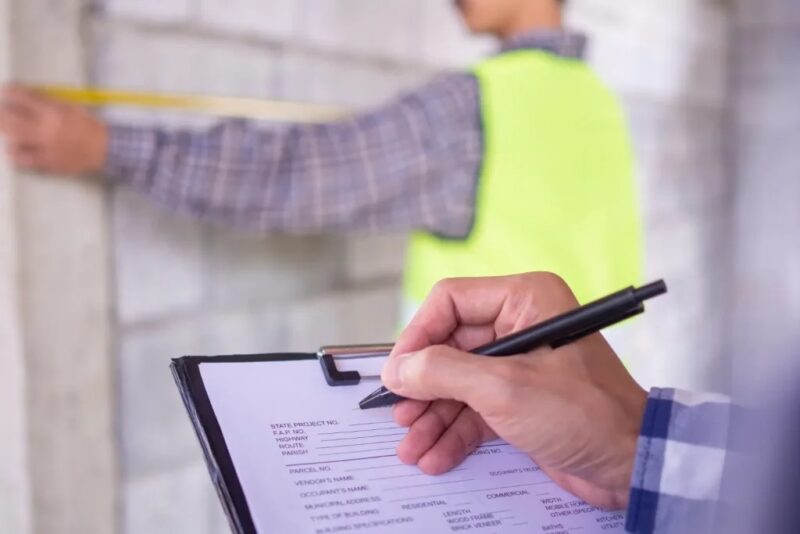
The cost of a professional damp survey in 2025 ranges from £150 to £450, depending on property size and location. While that might seem steep, consider this: the average cost to repair serious damp-related damage is £2,500 to £5,000. And that doesn’t include the impact on health or reduced property value.
It’s a modest price to pay for peace of mind—and much cheaper than tearing up your floors or replastering your entire living room.
Don’t Wait for the Wall to Crack
A damp assessment may not be the most glamorous part of homeownership, but it’s absolutely essential. If your walls could talk, they’d ask for it.
With shifting climate patterns, tighter building codes, and rising energy costs, 2025 is the year to be proactive. Hire trusted damp proofing specialists who can pinpoint hidden issues, safeguard your home, and protect your investment.
You wouldn’t ignore a leaking roof. Damp, though slower, is just as destructive—and often harder to see until it’s too late.
Make the call now. Your home (and your lungs) will thank you.
